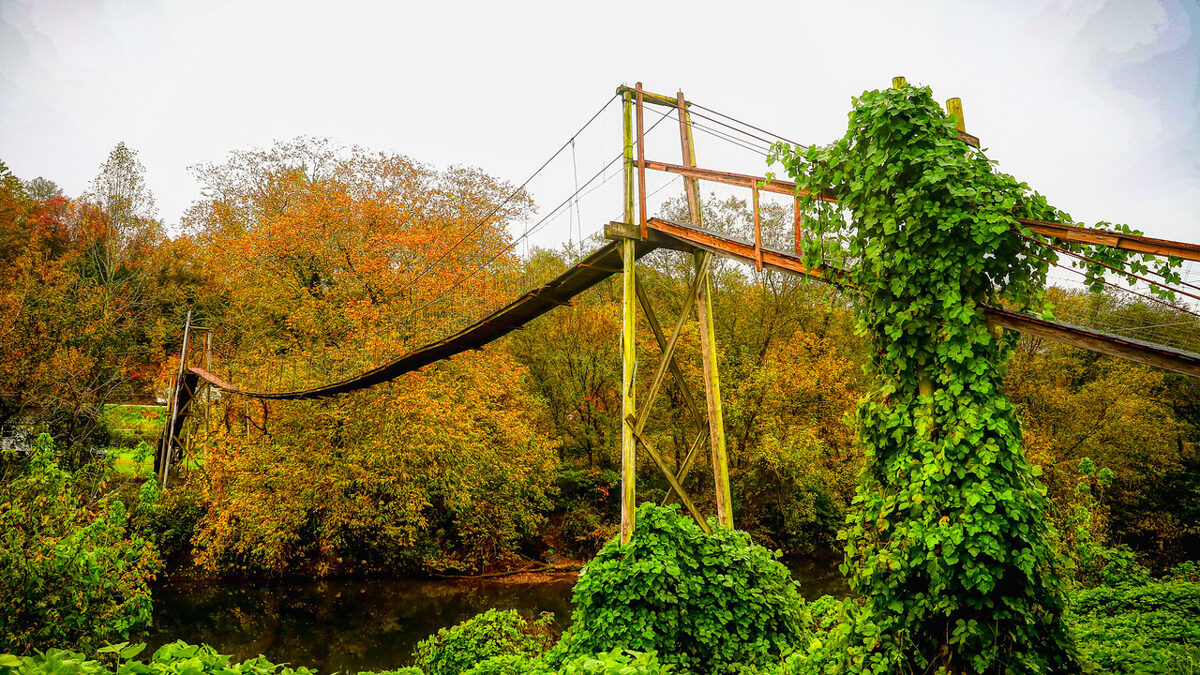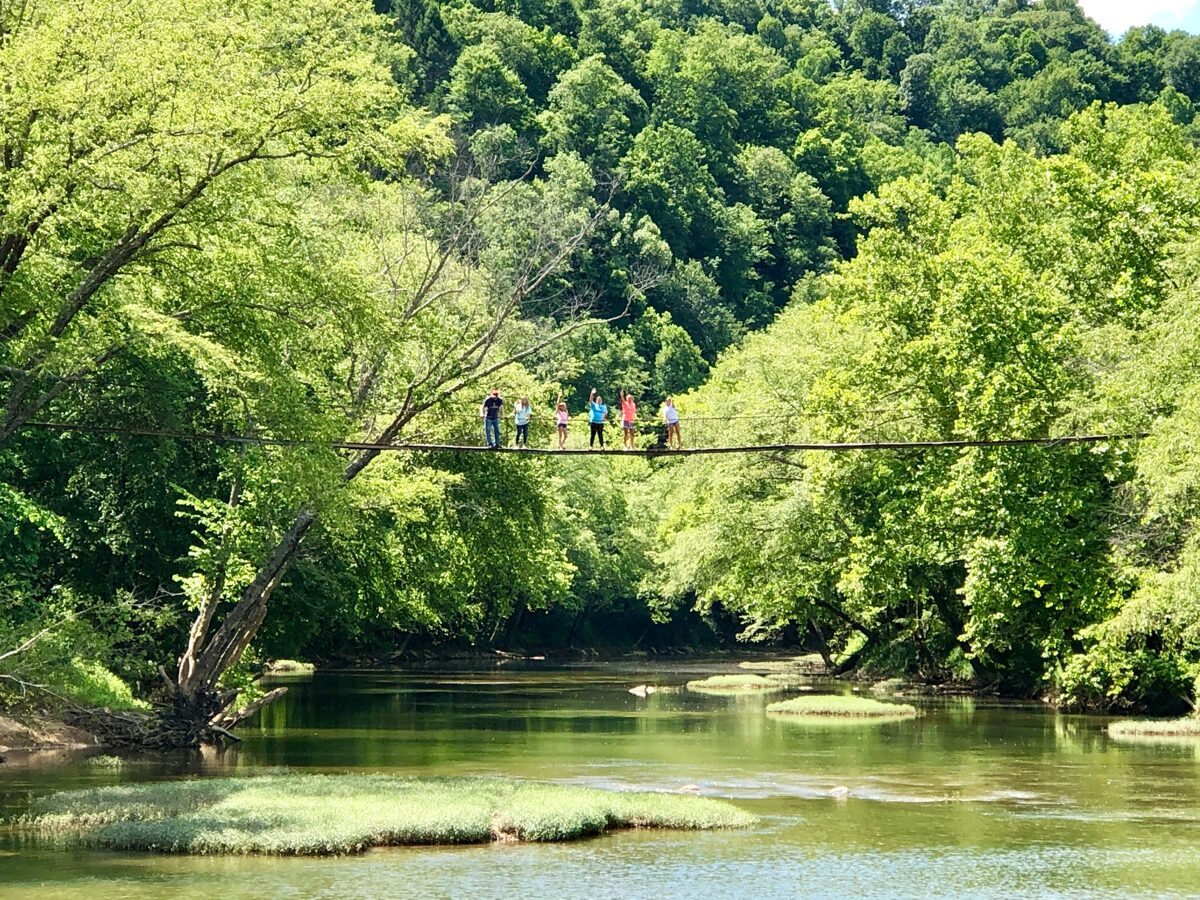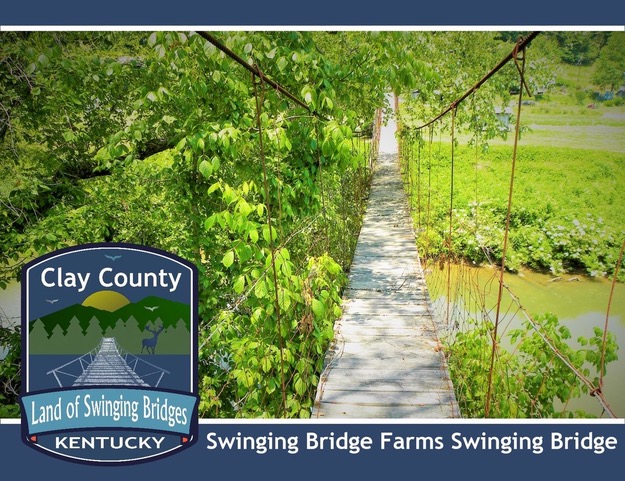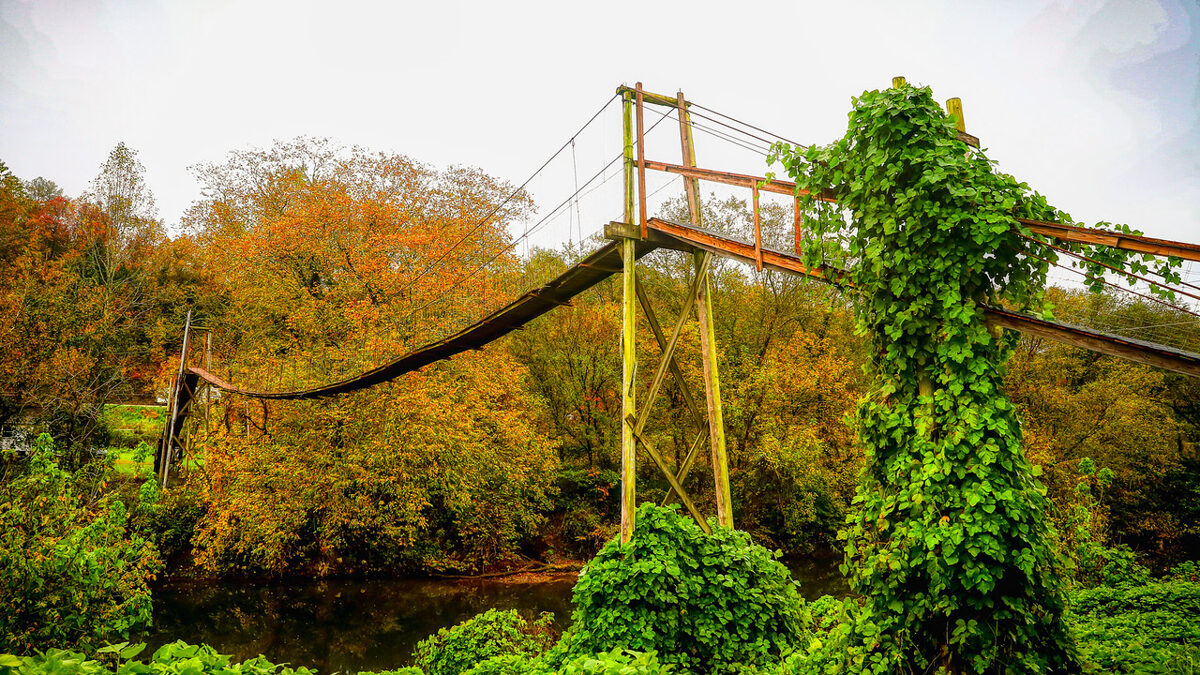 Historic Weathered Barns of Clay County
Historic Weathered Barns of Clay County
While visiting the swinging bridges of Clay County, enjoy the many historic barns located throughout Clay's back country.
Proud guardian of the countryside, the barn stands solemnly as a lasting reminder of America's rural heritage. But the barn has begun to disappear from the American landscape. Obsolete for modern farming needs and too expensive to maintain as family heirlooms, old barns appear destined to be preserved only in photographs and memories.
Old farm buildings of the countryside contribute to the landscape, and help define the history of the location, i.e. how farming was carried out in the past, and how the area has been settled throughout the ages. They also can show the agricultural methods, building materials, and skills that were used. Most were built with materials reflecting the local geology of the area.
Barns are working buildings; they are the largest tool on a farm. Like any tool, their shape and size reflects the way in which they are used. Just as the tip of a screwdriver will tell what type of screw it is meant to be used with, a barn's shape, size and attributes reflect the job it was intended to do.
 As farming practices developed over time, the types of barns that farmers built also changed. Although family farms continue to operate as suppliers for local population centers, the middle of the twentieth century heralded the decline of small farms. Changes in the way American's ate, increasing property values, and the growth of giant agribusinesses meant that family farms had a difficult time making a living. As farms went out of business, many of their barns became unused. Since the buildings were no longer needed, they were no longer maintained. The result was demolition by neglect.
As farming practices developed over time, the types of barns that farmers built also changed. Although family farms continue to operate as suppliers for local population centers, the middle of the twentieth century heralded the decline of small farms. Changes in the way American's ate, increasing property values, and the growth of giant agribusinesses meant that family farms had a difficult time making a living. As farms went out of business, many of their barns became unused. Since the buildings were no longer needed, they were no longer maintained. The result was demolition by neglect.
Another threat to the farms and barns also appeared in the second half of the 20th century - development. Since the farms could no longer generate enough income through their produce, a new way of getting money out of the land was sought. The result was the process, which continues today, of turning farmland into developments that have no place for a barn.
Today, a renewed awareness for the important place of barns in America's past and present is making progress in preserving this physical reminder of our agricultural heritage.
Just as the mountains have served to isolate the Clay County area, preserving forests, waterways and wildlands, they have also helped to protect our countryside from the development that has plagued much of America's farmland. As a result, historic barns are a common site in and around Clay County.
 Clay County Kentucky Quilt Trail
Clay County Kentucky Quilt Trail
There is a quality about quilts that evokes a feeling of comfort, of home and family. Quilting is a tradition that thrives in Kentucky, not as a nostalgic reminder of days gone by, but as a vibrant part of community life.
Grandmothers still sew quilts for grandchildren; quilters still get together to share patterns and gossip; family members still cherish the quilts that were made for them by loving hands.
In the past, quilts might have been seen warming a bed, gracing a couch or flapping on a clothesline, but with the advent of the Kentucky Quilt Trail, images of quilts now blossom as bright patterns on the sides of weathered barns and other buildings across the commonwealth.
 The Quilt Trail project began in Adams County, Ohio, when Donna Sue Groves, a field representative for the Ohio Arts Council, decided that she wanted a quilt square painted on her barn to honor her mother, a lifelong quilter. Donna Sue shared her idea with friends in the community, who offered their help. They decided that if they were going to paint one quilt square on a barn, they might as well paint twenty and create a driving tour to attract tourists to their rural community. The project was such a success that word of it traveled quickly, and soon other communities were contacting Donna Sue asking if they could join in the project. Donna Sue offered her enthusiastic support.
The Quilt Trail project began in Adams County, Ohio, when Donna Sue Groves, a field representative for the Ohio Arts Council, decided that she wanted a quilt square painted on her barn to honor her mother, a lifelong quilter. Donna Sue shared her idea with friends in the community, who offered their help. They decided that if they were going to paint one quilt square on a barn, they might as well paint twenty and create a driving tour to attract tourists to their rural community. The project was such a success that word of it traveled quickly, and soon other communities were contacting Donna Sue asking if they could join in the project. Donna Sue offered her enthusiastic support.
The Quilt Trail project has taken deep root in Kentucky and spread quickly. The project has spread as a grassroots movement with each community introducing its own twist, painting quilt squares not only on barns, but also on floodwalls, craft shops and restaurants.
Volunteer leaders and painters include extension agents, teachers, school children, senior citizens, homemaking clubs and tourism committees. The local utility company often provides a bucket truck and workers, who hang the quilts on barns, delighted to be part of this heartwarming community project.
Many Kentucky literary artists weave the imagery of quilts throughout their stories and poems as symbols of family unity through hard times or as an expression of the connection that Kentuckians feel to their home-place. Kentucky painters often include quilts in their landscapes.
Discover the Clay County Kentucky Quilt trail on your travels throughout Clay County...including its towns, hamlets and countryside.
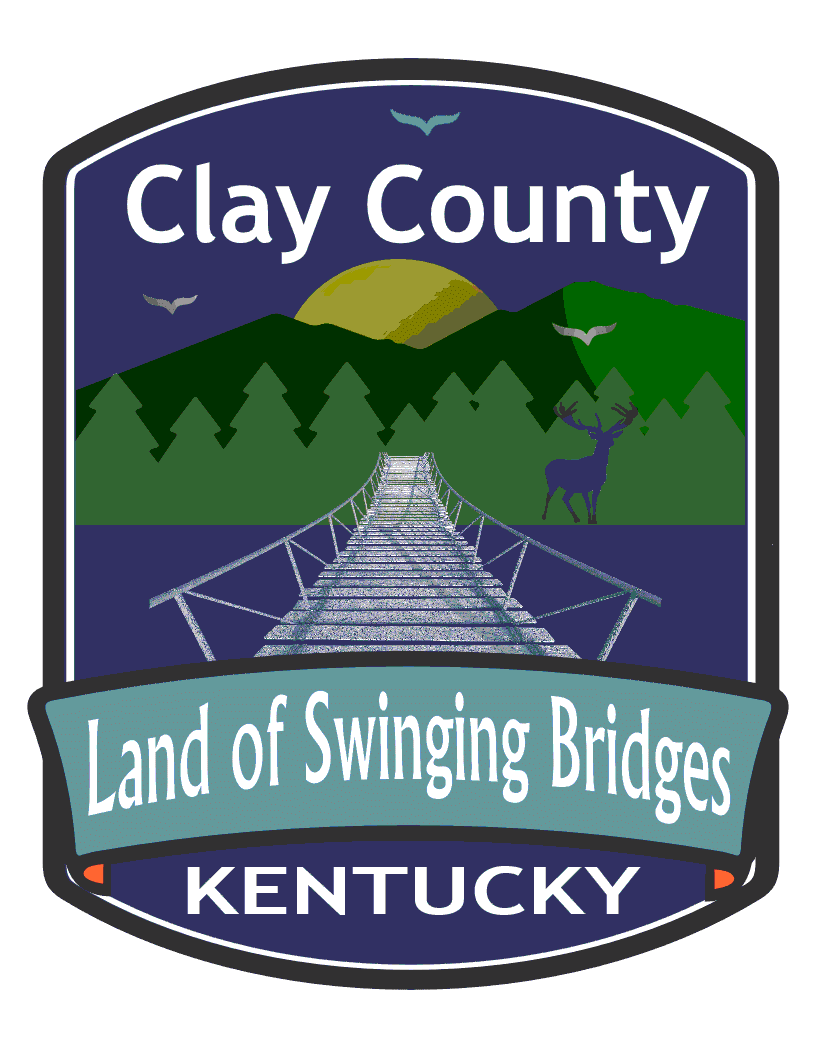 The Land of Swinging Bridges
The Land of Swinging Bridges From the 911 Center Parking lot turn left onto Hwy 421 North. Travel 6 miles to the intersection of Hwy 421 and Hwy 11.Turn right onto Hwy 11. Travel 5 miles to Old Homeplace Swinging Bridge on the left.
From the 911 Center Parking lot turn left onto Hwy 421 North. Travel 6 miles to the intersection of Hwy 421 and Hwy 11.Turn right onto Hwy 11. Travel 5 miles to Old Homeplace Swinging Bridge on the left.